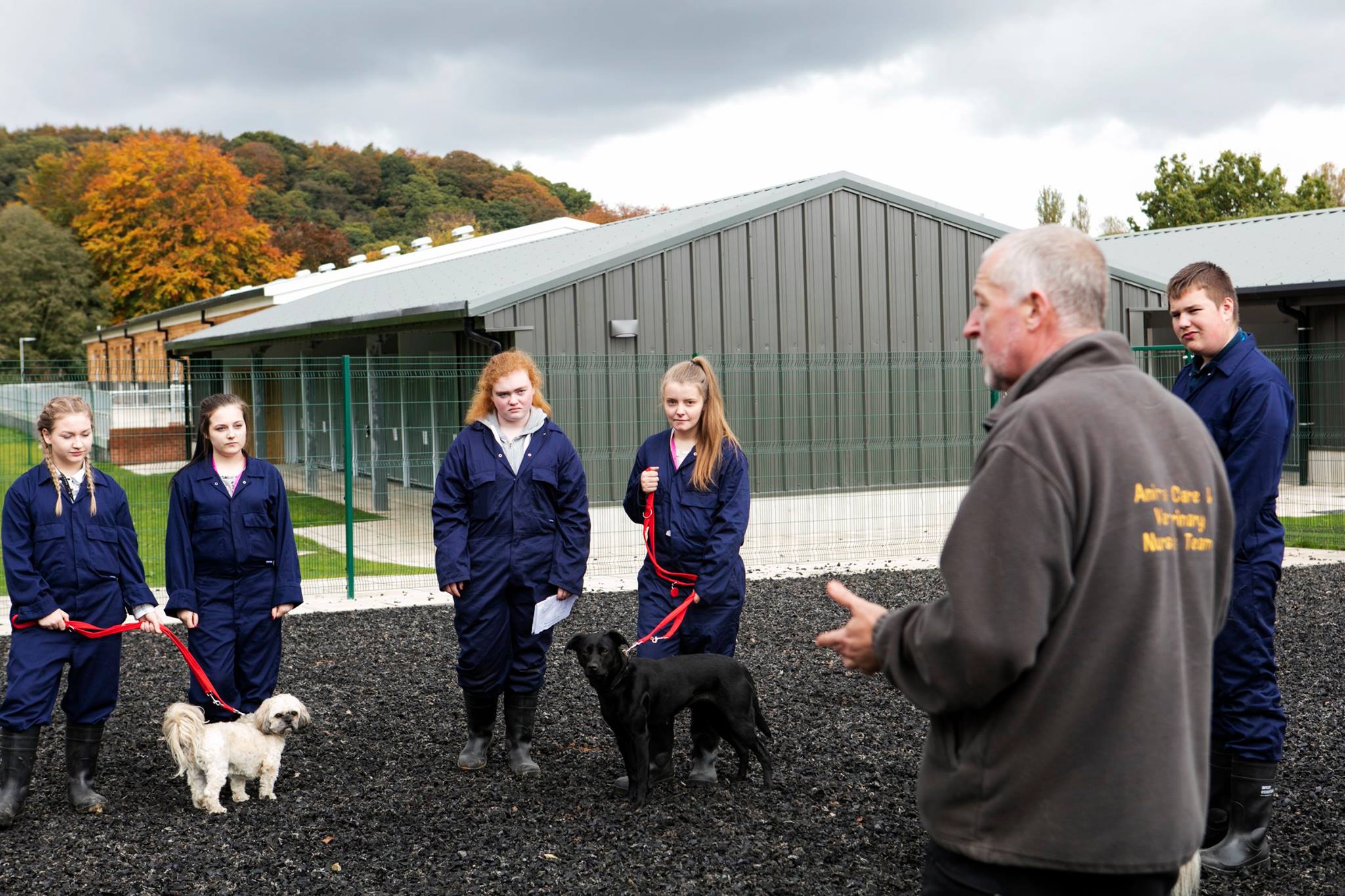Tag Archives: D7/1
- Home
- Posts tagged "D7/1" (Page 7)

“My Song Is Love Unknown”
“My Song is Love Unknown” is a hymn written by Samuel Crossman, an Anglican clergyman and poet, in the 17th century. Crossman was born in 1624 and studied at Pembroke College, Cambridge. He later became a fellow of the college and was ordained as a priest in the Church of England.
The hymn was first published in Crossman’s collection of poetry titled “The Young Man’s Meditations” in 1664. It is believed that Crossman wrote this hymn as a reflection on the mystery of God’s love revealed in the life, death, and resurrection of Jesus Christ. The hymn beautifully captures the essence of Christ’s sacrificial love and the profound impact it has on believers.
The text of “My Song is Love Unknown” consists of nine stanzas, each exploring different aspects of Christ’s love, from His humble birth to His agonizing death on the cross. It invites listeners to contemplate the depth of God’s love as demonstrated in Jesus’ willingness to suffer and die for humanity’s redemption.
The hymn has endured through the centuries and remains a beloved part of Christian worship, particularly during the Lenten season when the themes of Christ’s passion and sacrifice are central. The melody most commonly associated with “My Song is Love Unknown” was composed by John Ireland, a British composer, in the early 20th century. Ireland’s hauntingly beautiful melody perfectly complements Crossman’s poignant lyrics, making the hymn a powerful expression of faith and devotion.
History of Western Civilization Told Through the Acoustics of its Worship Spaces
Evensong “My Life Flows On in Endless Song”
This content is accessible to paid subscribers. To view it please enter your password below or send mike@standardsmichigan.com a request for subscription details.
New update alert! The 2022 update to the Trademark Assignment Dataset is now available online. Find 1.29 million trademark assignments, involving 2.28 million unique trademark properties issued by the USPTO between March 1952 and January 2023: https://t.co/njrDAbSpwB pic.twitter.com/GkAXrHoQ9T
— USPTO (@uspto) July 13, 2023
Standards Michigan Group, LLC
2723 South State Street | Suite 150
Ann Arbor, MI 48104 USA
888-746-3670


















